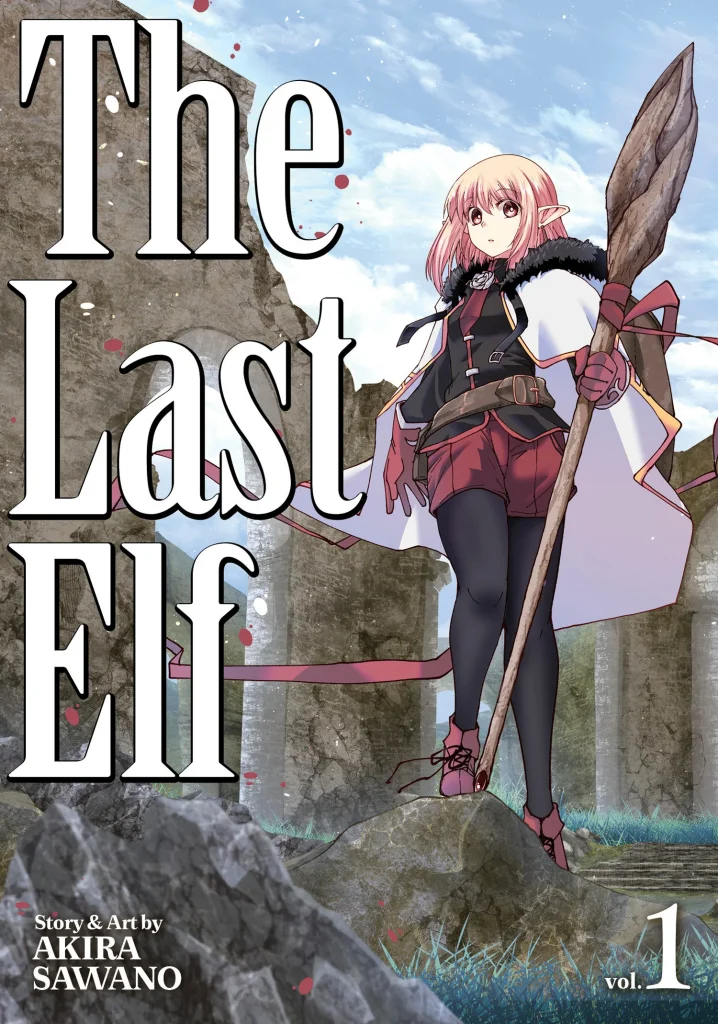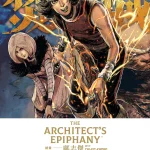Fantasy fans will find “The Last Elf” both familiar and fresh. Volume 1 introduces a post-apocalyptic world where magic has all but vanished, and with it, the once-proud race of elves. Our protagonist, Lysandre, awakens as the supposed final living elf, carrying the heavy burden of being both a relic and a potential savior.
The artwork immediately sets the tone: sweeping ruined landscapes, skeletal forests, and hints of ancient grandeur contrast against the fragile figure of Lysandre. There’s a loneliness embedded in the panels that resonates strongly, emphasizing what it means to be “the last.”
Narratively, the manga avoids easy heroism. Lysandre isn’t a confident chosen one—he’s lost, bitter, and sometimes even resentful of his role. This moral ambiguity makes him stand out from typical fantasy leads. The worldbuilding, meanwhile, is handled deftly through environmental storytelling: ruins whisper of lost histories, while scavenger tribes treat Lysandre like a myth come to life.
The pacing is deliberate but engaging, blending quiet introspection with bursts of tense action. When Lysandre uses his dwindling magic, the scenes feel desperate rather than triumphant—a reminder of both his power and fragility. This vulnerability adds emotional weight to every battle.
By the end of Volume 1, the stakes escalate when Lysandre discovers he may not be as alone as he thought. The cliffhanger promises a wider exploration of survival, identity, and the cost of carrying a dying culture on your back. For fans of melancholic fantasy with strong emotional beats, “The Last Elf” is a standout debut.



